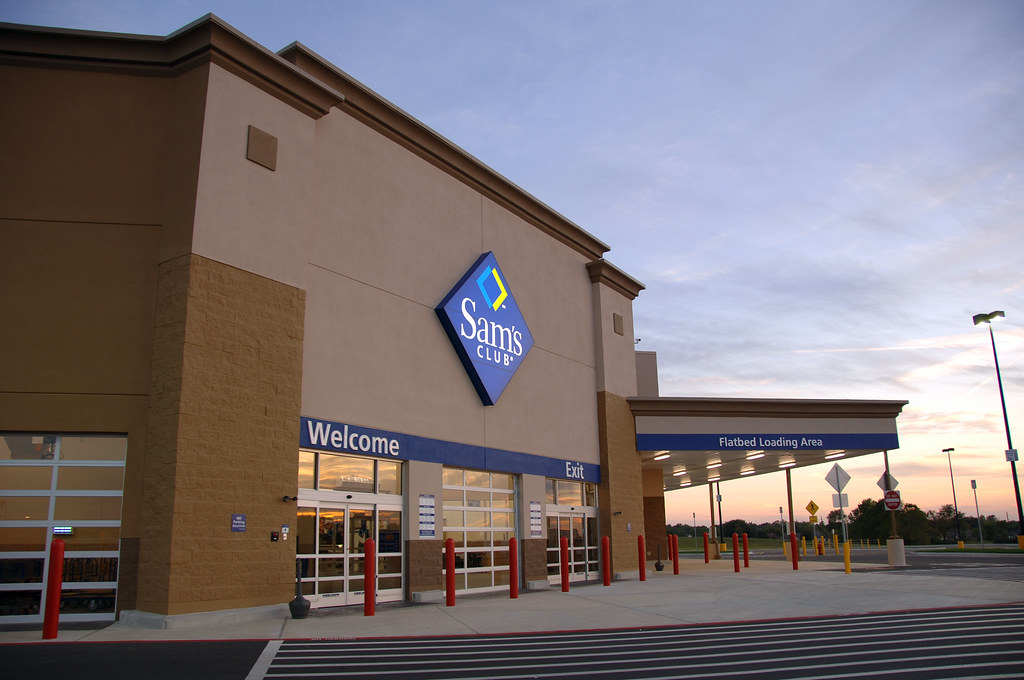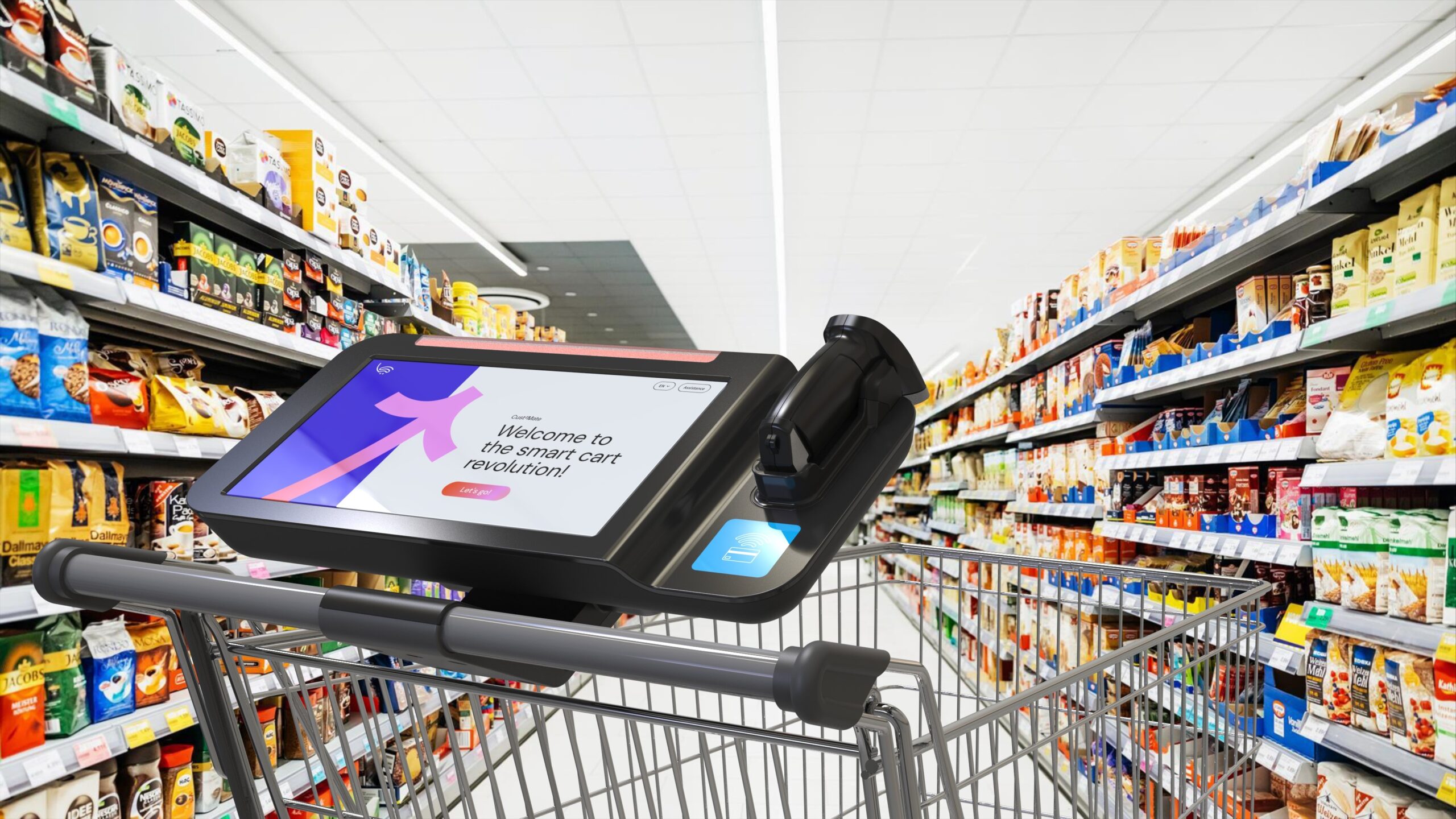Price-sensitive shoppers are spending less at traditional grocery stores, according to trends observed by SymphonyAI Retail CPG. While the firm hasn’t been able to track their exact journey, it’s likely that such customers have been moving to mass market and off-price retailers as they cut back on the items they purchase.
Understanding why shoppers are leaving, and either preventing their departure or winning them back, requires a strong data program that can dig down to why shoppers are staying or going on a granular level.
Grocers need to “deaverage” the customer base rather than rely on broad, general peeks at consumer behavior, according to Charisse Jacques, GM and Chief Customer Centric Retail Officer, SymphonyAI Retail CPG.
“Just because a high price point item is maybe not selling as good as it used to before, that’s not really the best indicator that there’s a problem with price-sensitive shoppers,” Jacques said. “Really understanding the shopper’s behavior longitudinally – such as in terms of ‘do they tend to frequently buy the items that are on the lower end of the spectrum across categories’ – gives you a sense of the degree to which the shopper is price sensitive.”
A Deeper Dive Into Purchasing Habits
Retailers should be pinpointing the specific reason certain shoppers are leaving them, according to Jacques.
For instance, are shoppers who have proven less loyal in the past the ones moving on? Or is the decline, in fact, affecting all customers due to pricing? There are many potential factors that could be causing behavioral shifts, and AI is necessary to comb through the massive amounts of data needed to derive real answers.
She noted that a strong data program can identify trends down to the store or even individual level, which can help category managers identify exactly why a promotion failed to catch on or how shoppers are reacting to new standard pricing.
“I actually think the value comes in being able to uncover broader trends and understanding these by the store is a great one,” Jacques said. “We have examples of clients who use AI to … really understand the problem. When you go into a particular store they understand, for that store, everything that’s happening. I can quickly see my problem is with promo influence items with quality-driven shoppers.”
Getting Employees On Board
While these tools can create immediately actionable insights, grocers will need buy in from their managers before they can become truly beneficial.
Individual store or regional managers may have tried-and-true methods of handling problems that worked in the past, and they may not immediately recognize the value of new technology, even if it promises greater efficiency and better results.
Jacques believes the solution is to provide concrete examples of those benefits.
“This is a different way of thinking about and looking at the business,” Jacques said. “Start with those category managers who tend to be more data savvy. That’s where I would start, and that’s where I see a lot of our retailers starting. Hold them up as examples and find those success stories they can really celebrate. ‘I uncovered this insight. I was immediately able to take action and see the change in my business.’
“Starting there can really propagate across the organization,” she said.












